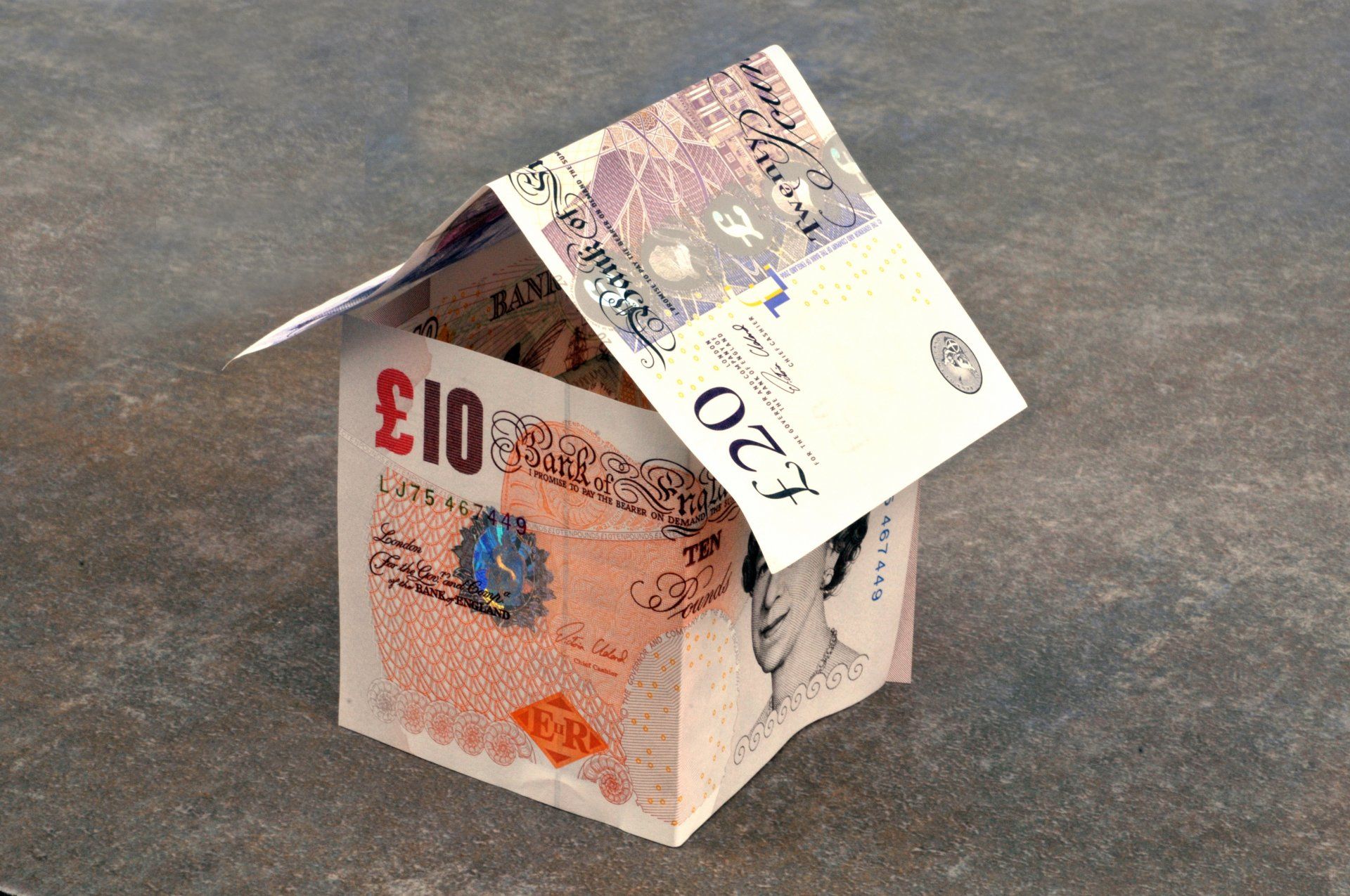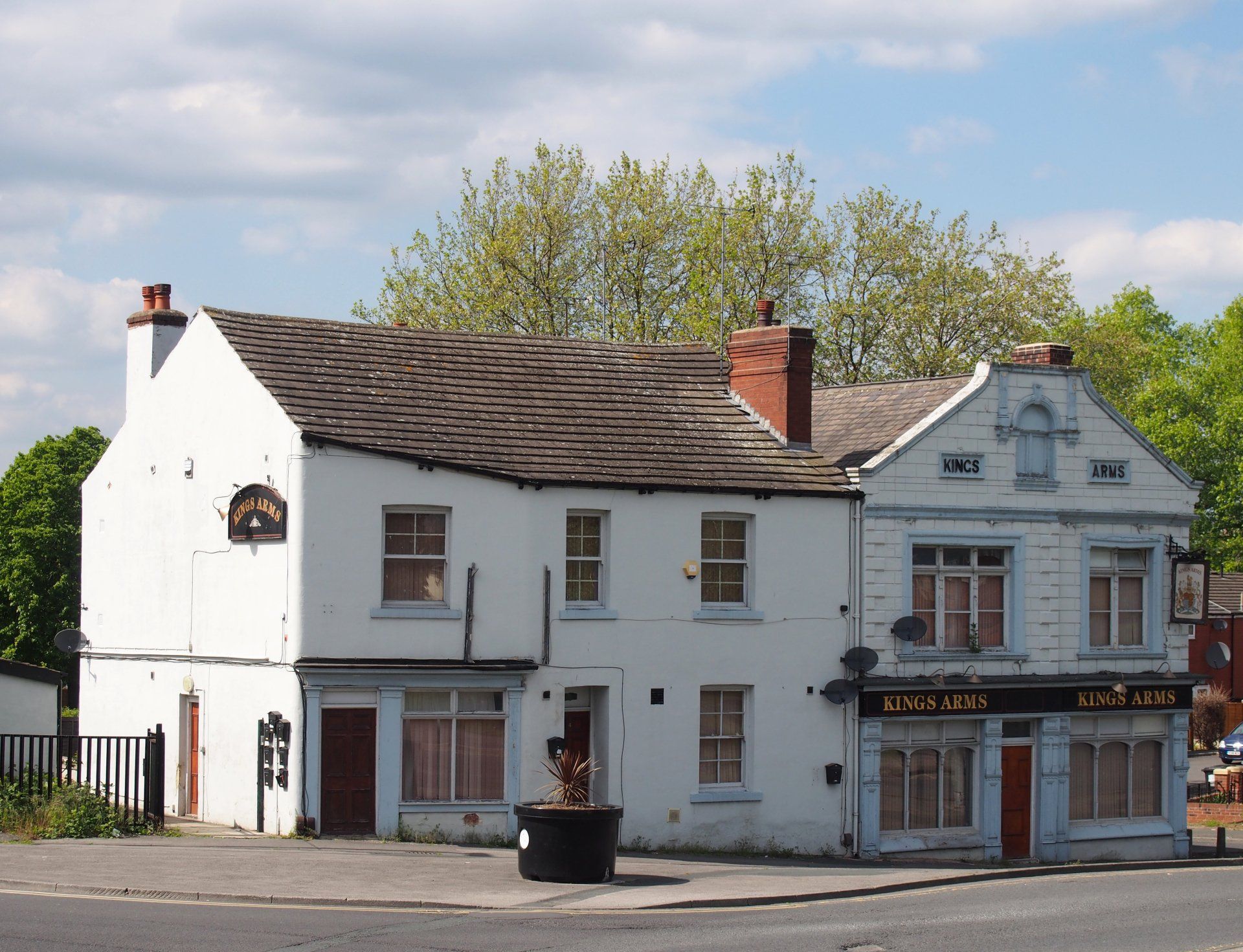Review Of The Dambuster 2020 Property Market
Robert Frost • January 14, 2021
A Perspective On 2020 & What It Might Mean for 2021

Review of The Dambuster Property Market 20-21
On the night of 16-17 May 1943, Wing Commander Guy Gibson led 617 Squadron of the Royal Air Force on an audacious bombing raid to destroy three dams in the Ruhr valley, the industrial heartland of Germany. The mission was codenamed Operation 'Chastise'. The resulting devastation saw 1,200 people killed on the ground, the deaths of 53 aircrew and a considerable amount of property destroyed. Although it didn’t cause much damage to the overall German war effort it had a galvanising effect on the Allies and raised the morale of the RAF with the immortalisation of the legendary Dambuster 617 Squadron.
So what has this got to do with the English Property Market in 2020-21?
Just a year ago the UK had finally left the EU and was entering the 12 month transition period, the economy was booming, employment levels were at a record high, interest rates were extremely low, theatres were full to bursting, festivals were selling out like hot cakes, football stadiums were packed, the roads were congested and you were regarded as a lunatic if you wore a face mask in public!
Roll on 12 months, we have since witnessed over 85,000 unexpected deaths from Covid, our civil liberties have been restricted beyond all belief, unemployment has risen hugely, Brexit is finally done, the word ‘furlough’ is now understood, recreational pursuits are all but done for, tourism is on life-support and the housing market is apparently thriving.
Working as a residential surveyor I have seen what has been happening at the coal face first hand over the last year or so. Before I share my interpretation of the market it might be useful to have a quick look at some statistics:
• The UK Government's HMRC Monthly property transactions data showed that the number of UK home sales rose for the seventh consecutive months prior to November 2020.
• According to the Land Registry for England houses prices in Oct 2020 were, on average, up by 5.83% compared to the previous 12 months.
• In December 2020 the RICS (Royal Institution of Chartered Surveyors) index for new buyers’ inquiries slipped to 15 in December from 26 in November and down from a high of 75 in June. In other words, less people were looking to buy a property in December 2020 than they were in June.
• According to the Halifax House Price Index in the latest quarter (October to December) house prices were 2.6% higher than in the preceding three months (July to September) whilst house prices in December were 6.0% higher than in the same month a year earlier.
So, generally speaking, during 2020 we saw all types of houses experience a fairly high level of price inflation. It is nicely summarised by Russell Galley the Managing Director of the Halifax who said that “2020 was a tale of two distinct halves for the housing market. Following a strong start, the first half was dominated by the restrictions on movement due to COVID-19, and prices were subsequently down 0.5% at mid-year as the market effectively ground to a halt. However, when the market reopened, prices soared as a result of pent-up demand, a desire amongst buyers for greater space and the time-limited incentive of the stamp duty holiday”.
But what does this all actually mean for the person in street who is looking to move home or invest in residential property?
The way I see it is akin to bursting the dam. In early 2020 the flow of property within the market was a steady stream of generally predictable volumes with little volatility, somewhat like a lazy river flowing through the foothills. However, almost out of the blue, the government started to dam this river at an incredible rate and within a few days they had built a huge wall across the flow of the river, in other words they had dammed the property market.
Not only did existing transactions get caught up against the unbreachable dam wall but the river continued to flow towards it as people sought to find houses with gardens in close proximity to amenities, all being pushed along with the lowest interest rates ever.
As time went by the pressure on the dam wall increased to such an extent that by the time the government decided to explode the wall in July 2020 with not so much as a bouncing bomb but more like a guided missile; whilst simultaneously turbo boosting the river upstream with a reduction in stamp duty and massive injections of capital into the economy, the pent up demand was so high that the destruction of the dam wall effectively released a domestic housing tsunami much greater than the finest pilot in 617 Squadron could ever have predicted.
This demand wave washed through the housing market pushing up prices and filling estate agents pockets with silver whilst the conveyancers and surveyors rushed around furiously trying to keep the river on track with the of minimal collateral damage as possible. The first wave started in July 2020 and passed through until around October to be followed by a smaller second wave that is likely to have run it’s course by Easter 2021.
Russell Galley of the Halifax explains it as follows;
“In the near-term, and with mortgage approvals still sitting at a 13-year high, there may be enough residual strength in the market to sustain prices up to the deadline for the stamp duty holiday and the scaling back of Help to Buy at the end of March. However, with the pace of the UK’s economic recovery expected to be constrained by the renewed national lockdown, and unemployment widely predicted to rise in the coming months, downward pressure on house prices remains likely as we move through 2021.”
Continuing the Dambusters analogy, the questions that are posed looking forward to 2021 are:
• How much demand is left in the Demand Lake now that the dam has burst?
• What will be the flow of property into the market and to what extent will this be supported by demand enabling factors?
In other words, will there be an adequate supply of property coming onto the market? Will this be matched or outstripped by demand given the uncertainty in the economy with things like increased unemployment levels, the likely increase in taxation, the removal of the stamp duty holiday and the effect on creditworthiness caused by the taking of mortgage and loan holidays during 2020?
One thing is for sure in 2021 and that is no-one has the definitive crystal ball. Clearly, there will be a financial impact from the lockdowns but who knows how strong the bounce back will be? Will it be S-shaped,U-shaped or a sharp V?
Will buyer confidence be dented by the uncertainties of the economy and the identification of new strains of the Covid virus? How much risk will buyers and sellers will be factoring into their own property prices to reflect their perceptions of the future is hard to tell.
It is my view, that given the economic damage, the unpredictability of the virus and the government’s responses, as well as the removal of the stamp duty holiday and a tightening of mortgage availability 2021 will see a gradual reduction in both supply and demand. In itself this should keep the market relatively stable but with a probable negative impact on house prices. Whilst the falls are unlikely to mirror those of 2007-2010 and the fact that the tsunami waves have now passed by it seems likely that, unless supply is artificially constrained again, there will be gradual reduction in upward price pressure leading to a plateauing and slight dip later in the year.
With this in mind, I will be exercising caution in relation to any investment properties that I may be considering purchasing. Each property will assessed using a cash flow forecast with sensitivity analysis to help understand the financial risk of each. Yield will continue to be a measurement of risk and as such the capital purchase values will be under greater downward pressure.
The challenge now is not to breach the dam but to determine the course of the river and to what extent it keeps flowing.
#property #propertymarket #residential





